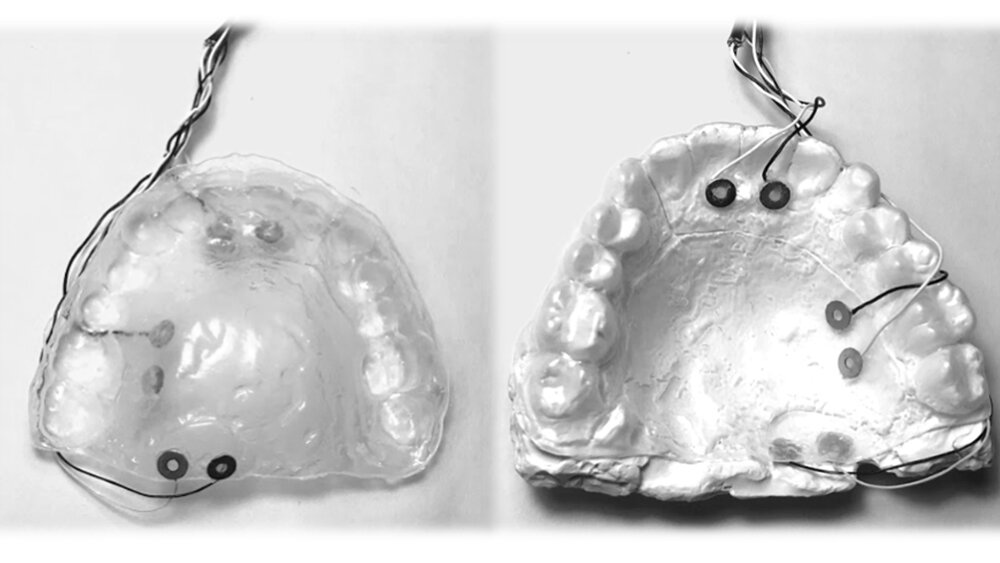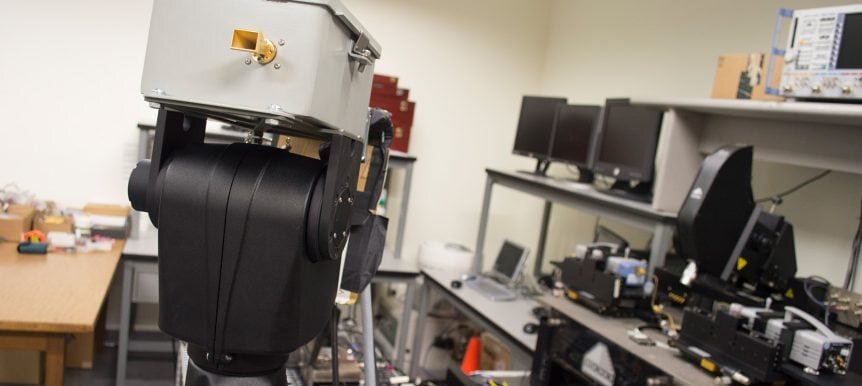#Research lays groundwork for restoring lost oral functions with pacemaker-like devices

“#Research lays groundwork for restoring lost oral functions with pacemaker-like devices”

Even the mundane act of swallowing requires a well-coordinated dance of more than 30 muscles of the mouth. The loss of function of even one of these, due to disease or injury, can be extremely debilitating. For these people, nerve stimulation offers a ray of hope to regain some of their lost oral function.
In a new study, researchers at Texas A&M University have delineated the minimum size of electrical currents needed to provide sensation in different parts of the mouth. The researchers said their study is a first but vital step toward building electrical stimulation implants that can restore essential intraoral functions that are lost due to nerve or brain damage.
The results of the study are published in the journal IEEE Transactions on Biomedical Engineering.
Many essential bodily functions are coordinated by the nervous system via sensorimotor feedback loops. As the name suggests, these neural circuits involve the brain interpreting incoming signals from sensory nerves and then commanding the motor nerves to execute a certain movement. So, for example, sensorimotor loops play a vital role in voluntary functions, like walking or holding an object, and involuntary movements, like sneezing or blinking.
Within the mouth, also referred to as the intraoral cavity, there is a rich supply of both sensory and motor nerves. In particular, sensorimotor nerves in the soft palate and tongue coordinate several intraoral movements related to swallowing, speech and respiration. And so, damage to either the sensory or motor nerve fibers due to neurotrauma or disease can compromise these essential functions, reducing the quality of life of those afflicted.
Electrical nerve stimulation might help jumpstart the nerves into action, much like how a pacemaker can electrically stimulate nerves in the heart, causing the heart muscle to contract. But unlike a pacemaker, the details on the frequency and amplitude of the electrical currents needed for proper stimulation of different parts of the mouth have not been investigated.
“Electrical stimulation can modulate nerve currents or action potentials, which are the mode of communication to and from the brain,” said Dr. Hangue Park, assistant professor in the Department of Electrical and Computer Engineering. “And so, electrical stimulation should be carefully applied, because if not, then it might cause undesirable effects, or it might not stimulate anything at all.”
To investigate the minimum stimulation currents needed, Park and his team inserted tiny metal electrodes into a standard dental retainer. These electrodes were positioned in subjects to stimulate either their soft palate or the side and tip of the tongue, which receive a rich supply of sensory nerves. For each of these locations, the researchers slowly changed the amplitude of the stimulation current, keeping the frequency fixed. Then, subjects were asked to report when they just began feeling a sensation and when the sensation was uncomfortable. Next, they repeated the same experiment for a higher frequency of current.
After compiling their data, the team determined the average perception and discomfort thresholds for the tongue and soft palate. In addition, they produced an equivalent circuit of the intraoral cavity to duplicate the electrical properties of that area. This circuit, the researchers said, can help to further study the effects of electrical stimulation offline without requiring human subjects.
The researchers noted that their next steps would be to electrically stimulate the intraoral region and investigate how these simulations change chewing, swallowing and other behaviors.
“Sensorimotor systems can be extremely vulnerable to damage due to neural defects, aging and neurodegenerative diseases,” said Park. “In this study, we have begun to lay the groundwork for electrically stimulating parts of the mouth that control involuntary and voluntary movements. Our work is a seminal study and it is important so that we can, in the near future, help people that face enormous challenges doing everyday tasks that we take for granted.”
Food for thought: Eating soft foods may alter the brain’s control of chewing
Beomhee Park et al, Electrical Characterization of the Tongue and the Soft Palate using Lumped-Element Model for Intraoral Neuromodulation, IEEE Transactions on Biomedical Engineering (2021). DOI: 10.1109/TBME.2021.3070867
Citation:
Research lays groundwork for restoring lost oral functions with pacemaker-like devices (2021, June 30)
retrieved 30 June 2021
from https://medicalxpress.com/news/2021-06-groundwork-lost-oral-functions-pacemaker-like.html
This document is subject to copyright. Apart from any fair dealing for the purpose of private study or research, no
part may be reproduced without the written permission. The content is provided for information purposes only.
If you liked the article, do not forget to share it with your friends. Follow us on Google News too, click on the star and choose us from your favorites.
For forums sites go to Forum.BuradaBiliyorum.Com
If you want to read more Like this articles, you can visit our Science category.




